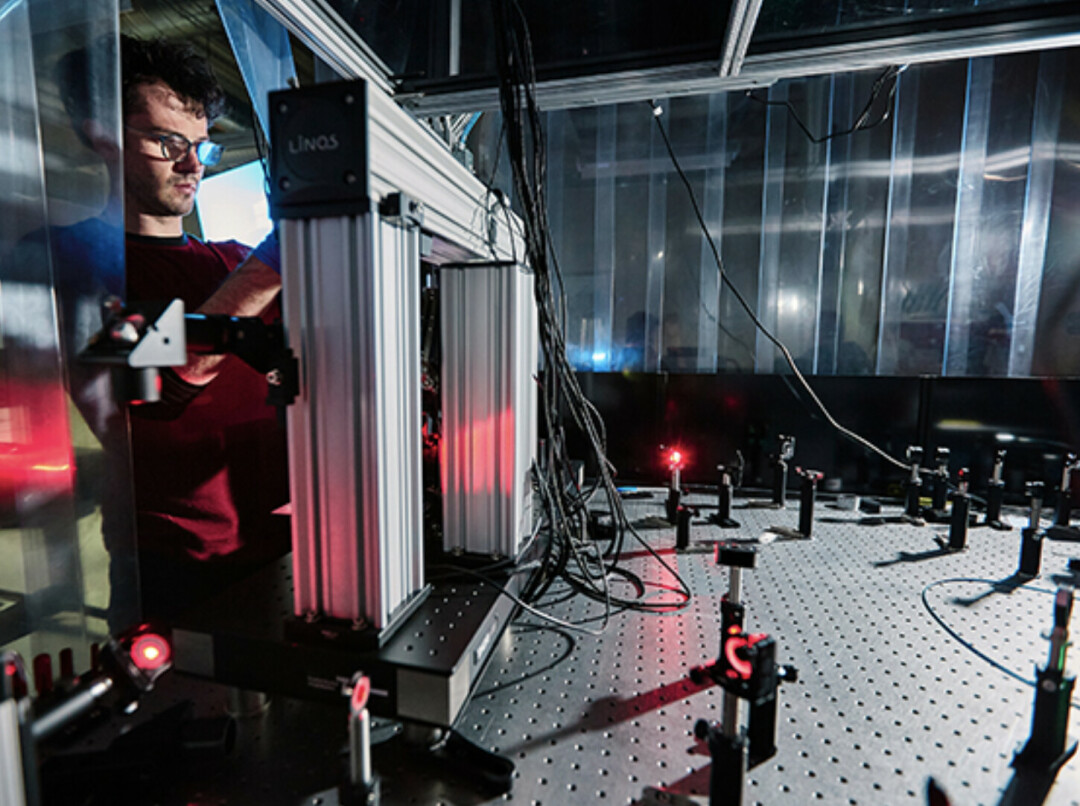Montana State joins regional alliance for high-tech economic development
Tuesday Jan. 10th, 2023
BOZEMAN — Montana State University has joined with a dozen other universities in the region to form a partnership aimed at creating economic development opportunities around emerging high-tech industries.
The Mountains and Plains University Innovation Alliance, which includes universities in Idaho, Wyoming and the Dakotas, will support coordination and collaboration to attract and expand industries aligned with the member institutions’ strengths in research and education, according to Alison Harmon, MSU’s vice president for research and economic development.
"This is about creating thoughtful and strategic development that diversifies our economy and creates high-paying jobs that would otherwise be concentrated in cities outside our rural region,” said Harmon, who serves on the alliance’s governance subcommittee. “As our university research helps drive new technologies and our graduates build valuable skills, we want to help anchor these industries in our region so that we can all benefit.”
As part of forming the alliance over the past year, the 13 universities discussed their current strengths and priorities for future growth, leading to a coordinated agenda that maps how the institutions will partner to focus on certain technologies. MSU will use its strengths in photonics and agriculture to expand opportunities in quantum technology and precision agriculture, according to Harmon.
Together with Boise State University and the University of North Dakota, MSU will form the Northern Frontier Applied Quantum CORE to support entrepreneurial activity related to quantum technology, a field that’s expected to play an important role in 21st century communications, computing and security. The effort would position the three partners within the larger alliance to receive large federal grants aimed at supporting this kind of rural economic development, Harmon said.
Quantum technology involves manipulating individual subatomic particles such as light photons in complex ways to potentially create secure communications and computers with unique capabilities. MSU is well-positioned to be a leader in quantum technology because of the field’s overlap with photonics, long a strength of MSU’s research enterprise, according to Harmon.
The photonics industry that has nucleated at MSU is a good example of what could be achieved by the alliance in other areas, Harmon noted. According to the Montana Photonics Industry Alliance, there are nearly 30 photonics companies in the Bozeman area, employing more than 800 people with average salaries of $72,000.
"With photonics we have research expertise that has helped spin out companies; we have connections with industry from our graduates who have started businesses and turned around and collaborated with the university; we have workforce development ranging from two-year associate’s degrees to Ph.D.s,” Harmon said. “That’s the sort of thing we'd like to see happen with quantum."
The alliance will also include collaboration with tribal nations, state government and economic development entities. MSU is working closely with the Northern Rocky Mountains Economic Development District, Harmon said.
The other members of the alliance are Boise State University, Idaho State University, the University of Idaho, Montana Technological University, the University of Montana, North Dakota State University, the University of North Dakota, Dakota State University, the South Dakota School of Mines and Technology, South Dakota State University, the University of South Dakota and the University of Wyoming.
| Tweet |